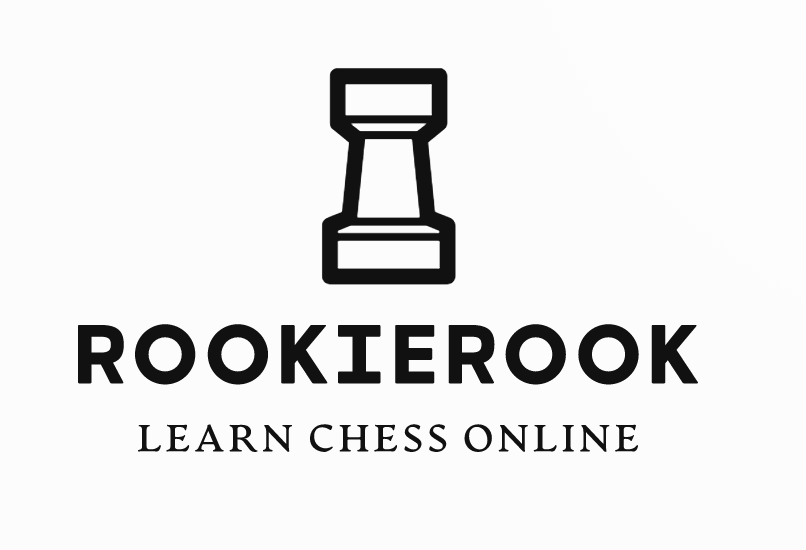Master the Giuoco Piano Chess Opening: A Comprehensive Guide
The Giuoco Piano chess opening is a classic and strategic weapon in any player’s repertoire. It can be particularly effective against opponents who are well-versed in modern openings like the Sicilian Defense or the French Defense. In this guide, we will explore the depths of the Giuoco Piano opening, including its variations, theory, defenses, traps, and how to counter it effectively.
First Three Moves in Detail:
- e4 (Giuoco Piano Opening): The first move of the Giuoco Piano involves advancing your pawn from e2 to e4. This initial move helps control key central squares while also preparing for rapid development of your pieces.
- Nf3 (Knight Development): Developing your knight to f3 not only supports your advanced pawn on e4 but also prepares for kingside castling.
- Bc4 (Bishop Placement): By playing Bc4, you place your light-squared bishop on an active diagonal that targets black’s vulnerable f7 square – a crucial aspect of many Giuoco Piano lines that offers excellent attacking opportunities.
Advantages of the Giuoco Piano Chess Opening:
- Flexibility: One significant advantage of employing a Giuoco piano chess opening is its flexibility; it allows players to transpose into various other openings depending on their opponent’s responses.
- Central Control: With pawns occupying both d5 and e5 squares early in the game, white gains better central control compared to other popular openings such as 1.d4 or 1.c4.
- Surprise Factor: Many players are less familiar with handling positions arising from a giuco piano chess opening than those resulting from more common alternatives like Ruy Lopez or King’s Indian Defense.
Risks Associated with Playing a Guico piano Chess Opening:
While there are numerous benefits associated with adopting a Giuoco Piano approach during gameplay, some risks need consideration:
- Slow Pawn Center Formation: Compared to other openings, the Giuoco piano opening may result in a slower pawn center formation. This can lead to your opponent gaining an early advantage if they manage to exploit this weakness.
- Vulnerability of e4 Pawn: The advanced e4 pawn can become a target for black’s pieces, especially if white is not careful with their subsequent moves.
Variations and Systems:
There are several variations and systems within the giuco piano chess opening that cater to different playing styles. Some popular ones include:
- Italian Game
- Two Knights Defense
- Evans Gambit
Defenses and Counters:
Black has numerous options when it comes to defending against or countering the giuco piano chess opening. These defenses range from passive setups like Philidor Defense to more aggressive responses such as Modern Defense or King’s Indian setup.
Traps and Tactics:
While there aren’t many outright traps associated with the Guico Piano opening itself, players must be aware of potential tactics that might arise during gameplay – including forks, pins, skewers, discovered attacks, etc.
In conclusion, mastering the art of playing an effective guico piano chess opening requires understanding its nuances while being prepared for various countermeasures employed by opponents. By familiarizing yourself with key concepts like variations theory lines defense strategies & tactical opportunities – you’ll significantly improve your chances of achieving success on the board!
